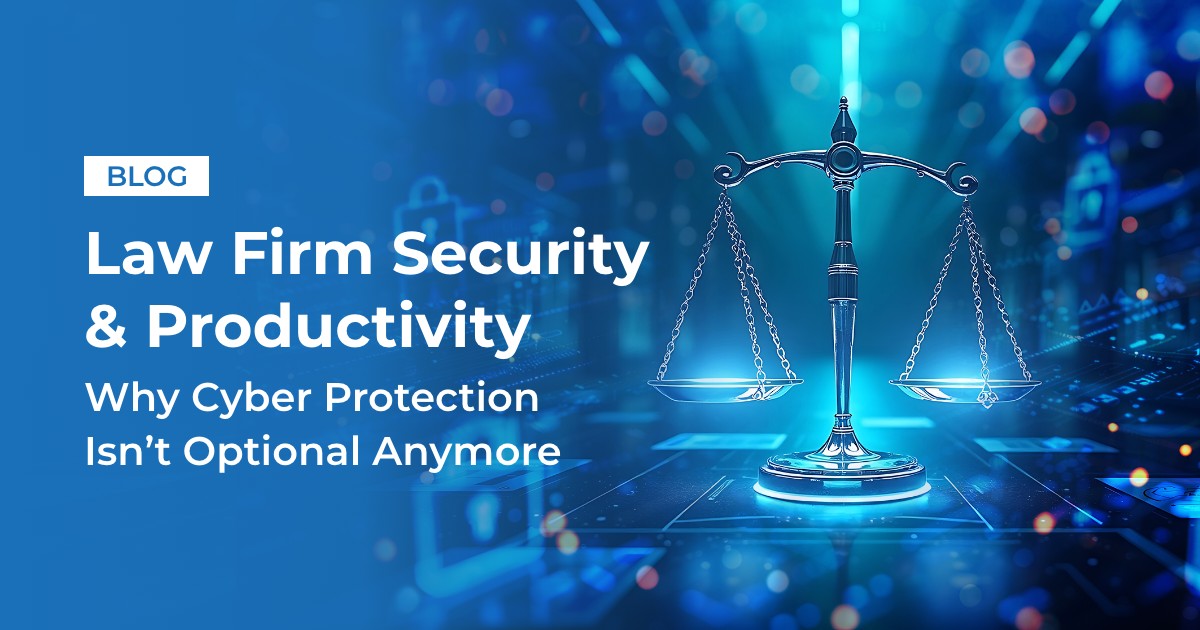Data, applications, and devices are exploding across office environments everywhere. But the question is: How do IT leaders manage this growing sprawl?
This exact concern, called Shadow IT, is a growing concern for organizations everywhere. Shadow IT is the unknown sprawl of systems, devices, software, applications, and services that have been adopted across an organization without the direct approval (or even knowledge) of the IT team. Shadow IT has been rising in recent years. Still, the increase in popularity of remote work has only further increased the ability for employees to go rogue and outside the purview of IT for their technology needs.
How does this happen? Shadow IT can start with as simple a task as an employee bringing an unsanctioned device into the office environment. It could also be an employee downloading an application in an attempt to improve productivity using a personal credit card instead of using one sanctioned by IT or going through official channels.
While these actions are likely not malicious in most cases, the introduction of Shadow IT can open new risks to a small and medium-sized business (SMB) if appropriate risk mitigation techniques aren’t put in place. This is because an IT department can only protect, manage and monitor the IT assets and infrastructure that they know are there. This can lead to security concerns such as data loss, unpatched vulnerabilities, compliance risks, and other issues. In fact, Gartner said that a third of successful cyberattacks in 2020 could be connected to Shadow IT resources.
However, the reality is that Shadow IT is here to stay. There is likely no world where SMBs or any business IT department can entirely eliminate the desire of employees to leverage tools they feel will make them productive, whether it’s a new app or ones that they may be familiar with, such as Gmail, Dropbox, or any other application. For this reason, SMBs need to take mitigating actions to manage the risk of Shadow IT.
First, SMB leaders can put in place technologies and strategies that can help them mitigate the risk of unknown applications, devices, and other types of Shadow IT. For instance, IT teams can adopt network solutions that help monitor and detect network activity, software downloads, data migrations, and other tasks. Additionally, they can add in Zero Trust principles across the organization that will assume all new devices, applications, and other additions are not trustworthy to access corporate assets unless proven otherwise.
Second, the business can pursue some softer tactics to target the source of Shadow IT. For instance, they can educate employees on why the company’s policies are so important. It can also consider reducing the barriers to adopting new applications within the organization, thereby making it more appealing for employees to get their technology usage approved by IT rather than going around it.
In our digital world, it’s unlikely that employees will shift away from wanting to explore new technologies and bring them into the workplace. For that reason, SMB IT leaders should consider what practices they have in place to mitigate these risks and take the steps necessary to adapt to today’s rich technology landscape.





